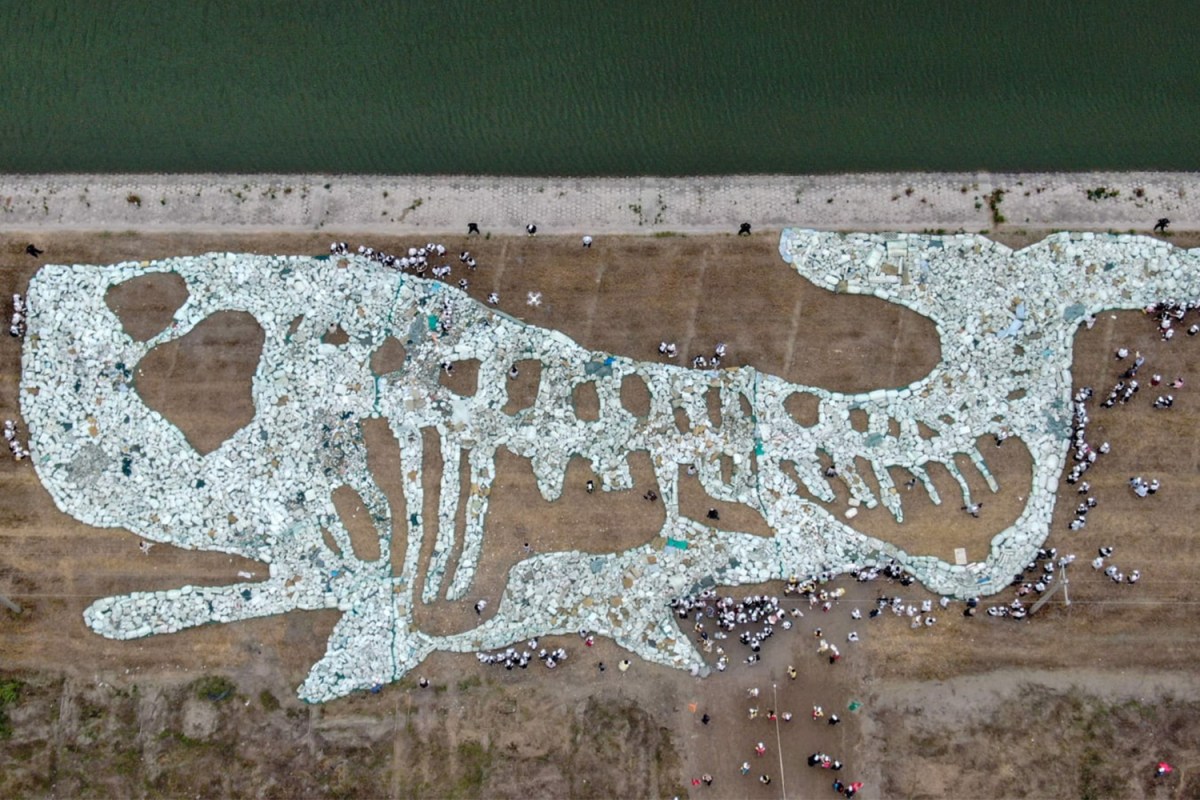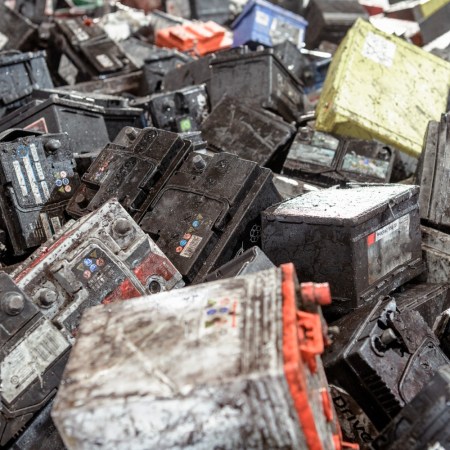Some of the most harrowing depictions of pollution on display right now come from the planet’s oceans. There, it’s become all too common to hear about the ways in which ocean plastic has resulted in the deaths of marine wildlife — something that’s both alarming on its own and which has ominous implications for the rest of the world’s ecosystems.
A new article by Charis McGowan at The Guardian explores one way in which a forward-thinking company is finding an interesting use for ocean plastic. In this instance, the company is the outdoor apparel firm Patagonia — and the ocean plastics involved are those which have been washing ashore in Chile, alarming residents and countless people with an eye on the environment.
McGowan’s article focuses on a startup called Bureo, which takes used fishing nets — something that’s usually dumped in the ocean when it’s no longer usable — and recycles them.
Nets are sorted, cleaned, and cut in Bureo’s warehouse in Concepción, a city a few miles from Tumbes. Here they are turned into 100% recycled polyester and nylon pellets, called NetPlus, which are sold to companies as a sustainable alternative to first-use plastics.
Patagonia is one of the companies Bureo has worked with, and NetPlus has been used for hat brims made by the company. McGowan also writes that HumanScale and Trek are among the other companies who are using NetPlus to make their products that much more environmentally friendly.
Patagona’s move in this direction can be seen as part of a broader trend in the industry. Earlier this year, Adidas announced that it would be launching new products made from recycled ocean plastics. And, as Bureo’s client list shows, it’s not just clothing makers who are finding new uses for ocean plastic — an article from last fall in The New York Times explored the numerous uses designers and architects have found for it. If it gets us closer to a more sustainable world, it’s a welcome development.
Subscribe here for our free daily newsletter.
Thanks for reading InsideHook. Sign up for our daily newsletter and be in the know.


















